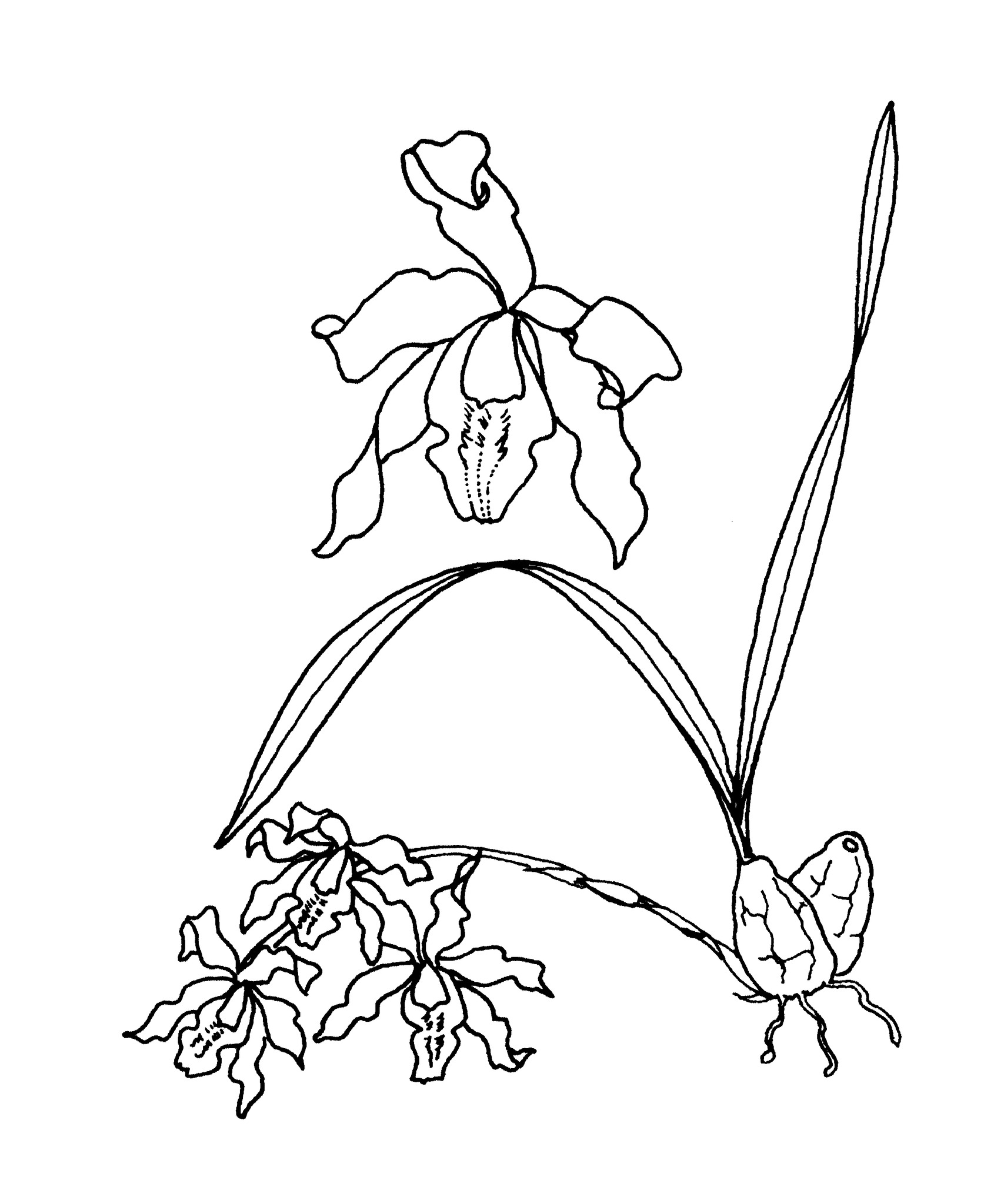
Greek coelos – hollow; gyne – woman; an apparent allusion to the deep stigmas.
Epiphytic or terrestrial herbs, sympodial, with creeping rhizomes. Stems thickened into conical, cylindrical, ovoid or almost spherical pseudobulbs, sparse or dense, green. Leaves usually apical, 1 or 2, broad, soft or leathery, often pleated, stalkless or stalked. Inflorescences usually terminal racemes, erect or pendent. Flowers resupinate, 1-many, often large, usually white or cream with yellow markings on labellum. Sepals similar, free, often keeled. Petals usually narrower than sepals, free. Labellum 3-lobed, side lobes erect beside column, midlobe spreading. Column long, arched. Pollinia 4, borne in pairs.
Greek coelos - hollow; gyne - woman; an apparent allusion to the deep stigmas.
About 200 species from India, China, SE Asia and the W Pacific.
Several large mostly white or cream flowers in arching racemes; deep stigmatic area.
De Vogel (1992).
Source: (2005). Orchidaceae. In: . Horticultural Flora of South-eastern Australia. Volume 5. Flowering plants. Monocotyledons. The identification of garden and cultivated plants. University of New South Wales Press.
